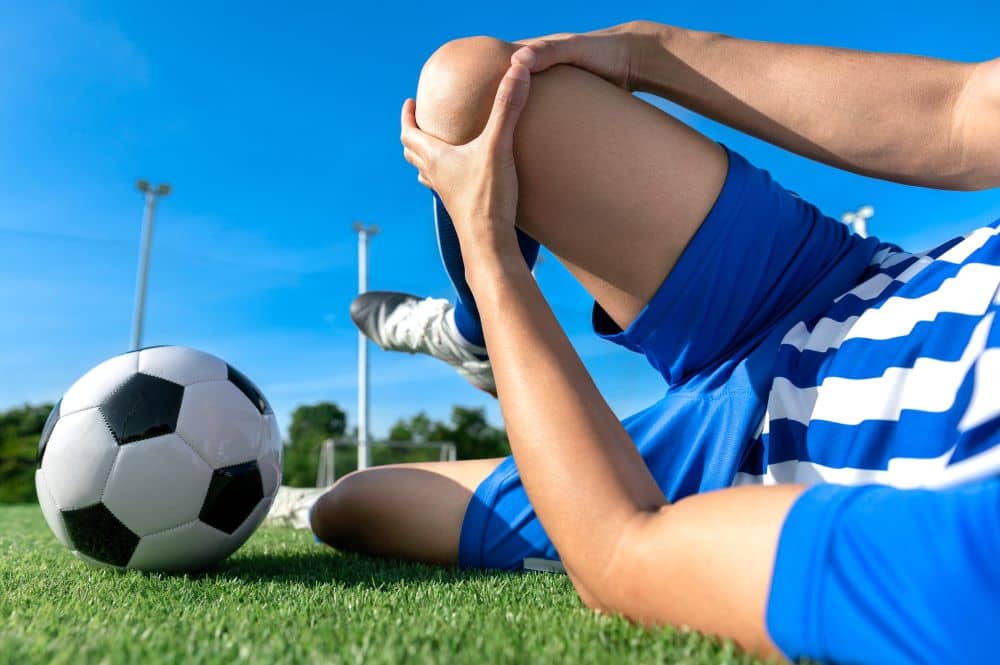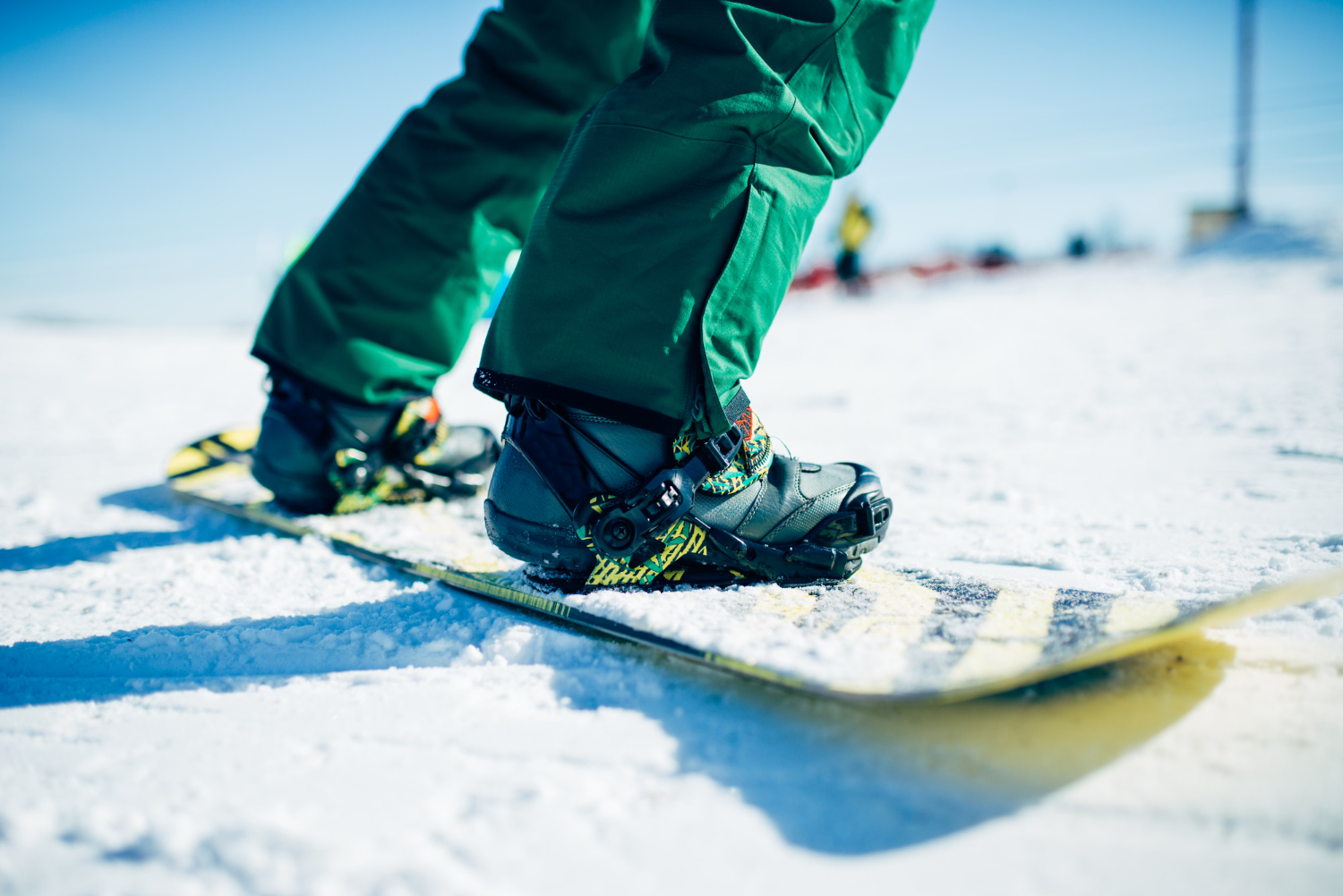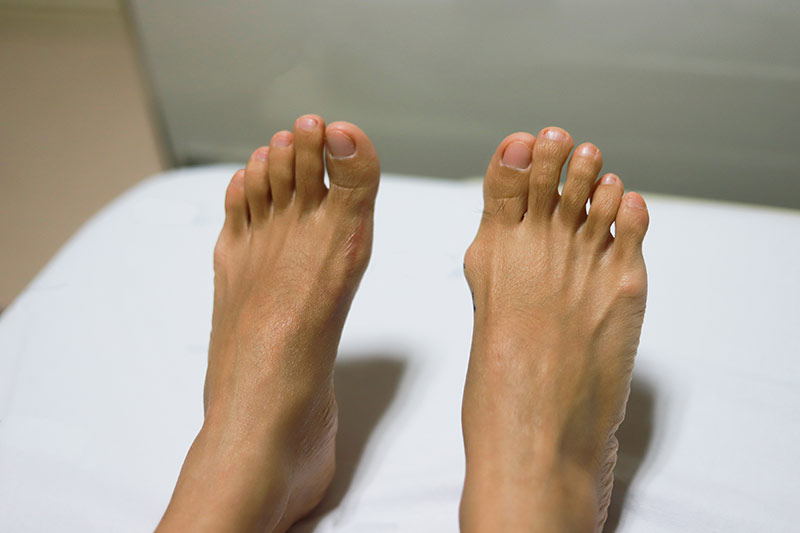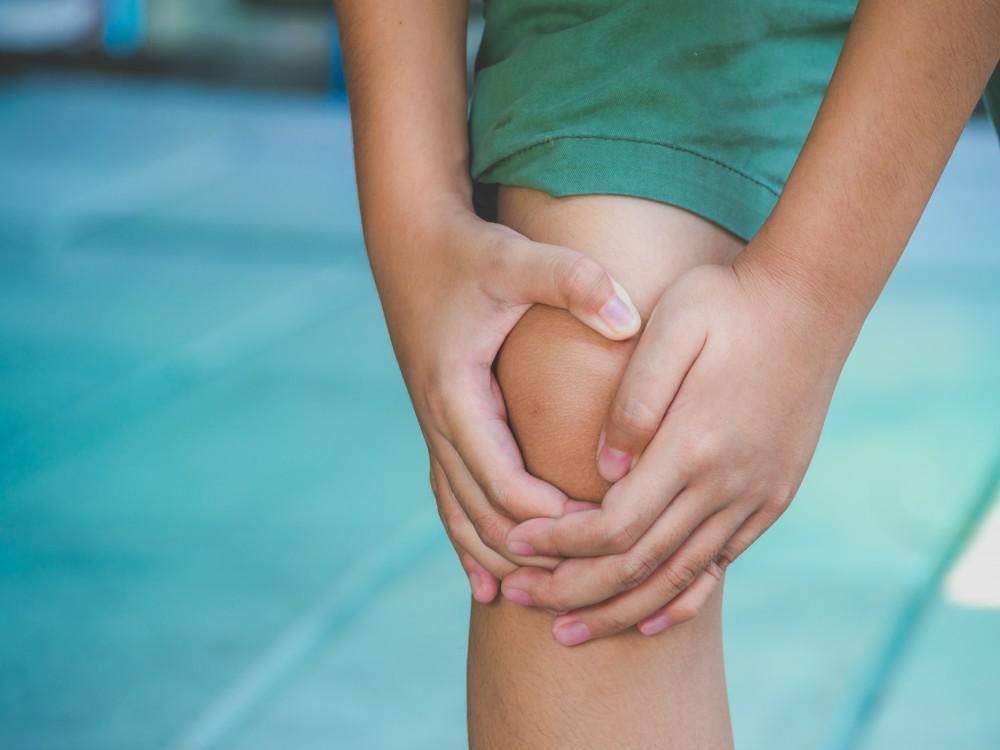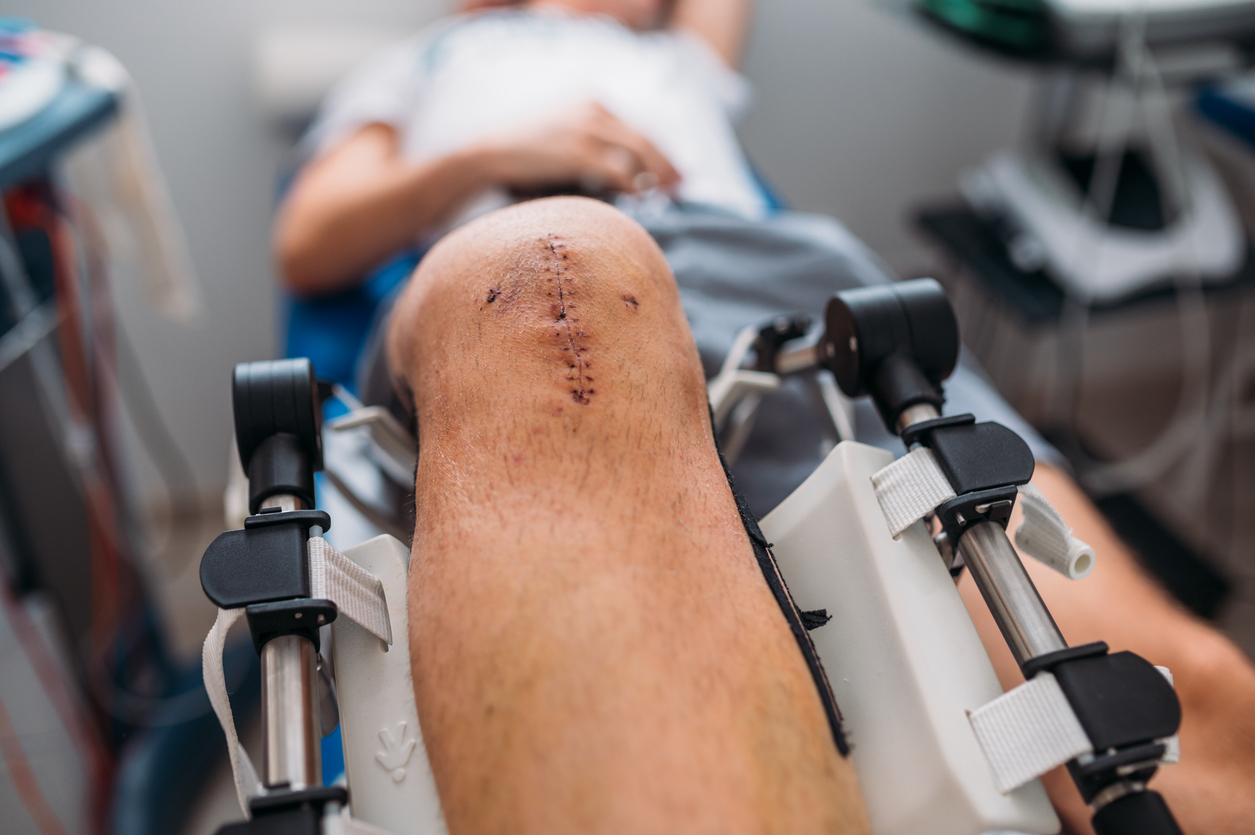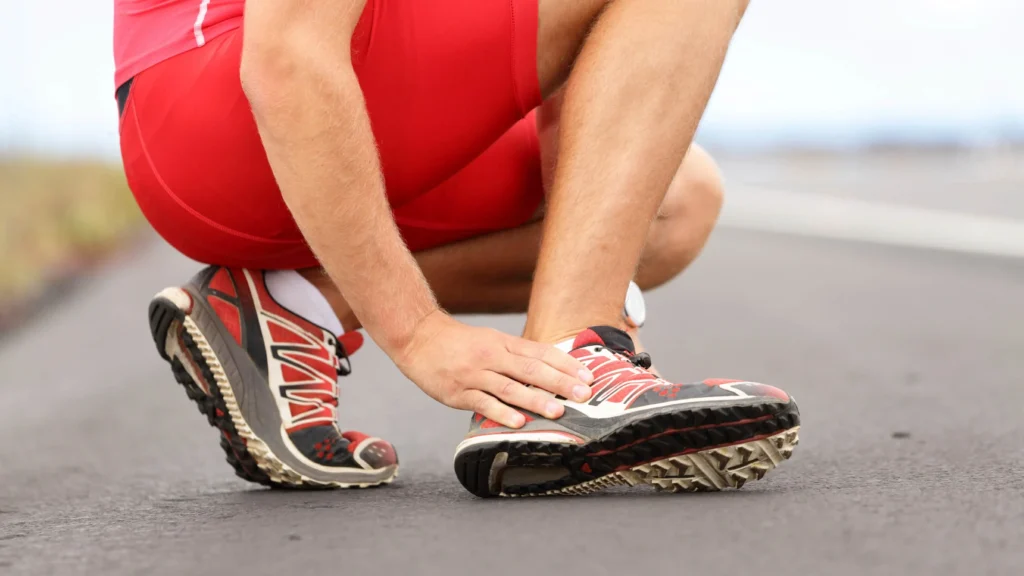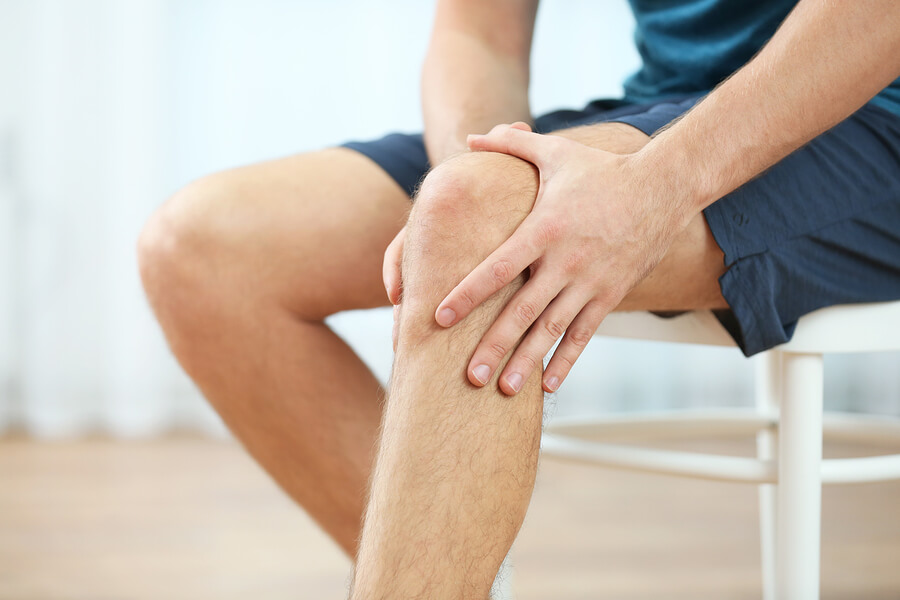Youth sports play a crucial role in shaping physical fitness, character, and teamwork among young athletes. However, there’s a growing concern that comes with the territory: the prevalence of ACL (Anterior Cruciate Ligament) injuries among the younger demographic.
But let’s get into the challenges of balancing the development of young athletes with the imperative need for injury prevention, exploring age-appropriate training methods, the impact of growth spurts, and the pivotal role education plays in safeguarding the well-being of our budding sports stars.
The Rise of ACL Injuries in Youth Sports
The surge in ACL injuries among young athletes has caught the attention of parents, coaches, and healthcare professionals alike. The ACL, a key ligament in the knee, is susceptible to injury during sports that involve sudden stops, pivots, and changes in direction. While these movements are inherent to many sports, youth athletes face unique challenges due to their ongoing physical development.
Athletic Development vs. Injury Prevention
Balancing the scale between nurturing athletic potential and preventing injuries is delicate. Youth sports are not just about winning games; they’re about fostering a love for physical activity, instilling discipline, and promoting lifelong fitness. However, this noble pursuit shouldn’t come at the cost of the young athletes’ health and well-being.
Age-Appropriate Training Methods
One key aspect of injury prevention in youth sports is the implementation of age-appropriate training methods. Young bodies are not miniature versions of adults; they constantly grow and develop. Training programs should be tailored to accommodate different age groups’ needs and limitations.
Focusing on fundamental movement skills, general coordination, and body awareness is paramount for prepubescent athletes. As they enter adolescence, incorporating strength and conditioning exercises becomes crucial. However, avoiding placing excessive strain on developing joints and ligaments is imperative.
The Role of Growth Spurts
Growth spurts are a natural part of adolescence but can pose unique challenges in youth sports. During these periods, the bones grow faster than the muscles and tendons, leading to a temporary imbalance and increased vulnerability to injuries.
Coaches and parents must be attuned to the signs of growth spurts, adjusting training intensity and volume accordingly. This might involve temporarily reducing high-impact activities or shifting towards more flexibility and proprioception exercises to support the growing body.
Empowering Young Athletes Through Education
Education is a powerful tool in injury prevention. Young athletes often possess an insatiable appetite for knowledge about their chosen sport. Empowering them with information about injury risks, proper warm-ups, and the significance of rest and recovery can go a long way in fostering a safety culture.
Educational initiatives involving parents, coaches, and healthcare professionals can extend beyond the field. Workshops, informational materials, and open communication channels help create a collective understanding of the importance of injury prevention in youth sports.
A Holistic Approach to Youth Sports
Creating a holistic approach to youth sports involves a collaborative effort from coaches, parents, and athletes. Regular health check-ups, injury screenings, and collaboration with healthcare professionals can help identify potential issues before they escalate.
Moreover, fostering a positive and supportive environment is essential. Encouraging a balanced lifestyle with adequate rest, proper nutrition, and cross-training can contribute to well-being and injury resilience in young athletes.
Striking the Right Balance for Future Champions
In the dynamic world of youth sports, pursuing excellence and preserving health must go hand in hand. By embracing age-appropriate training methods, navigating the challenges of growth spurts, and prioritising education, we can create an environment where young athletes flourish in their respective sports and carry the lessons of discipline, resilience, and well-being into adulthood. It’s a delicate balancing act, but one that is fundamental in nurturing the potential of our future sports champions.

